Long before PlayStation and Xbox dominated living rooms, there was a humble rectangular box with two dials, no sound, and white squares flickering across a TV screen. That was the Magnavox Odyssey, the world’s first home video game console, released in 1972. Created by Ralph Baer, often called the father of video games, the Odyssey laid the foundation for everything that would follow in interactive entertainment.
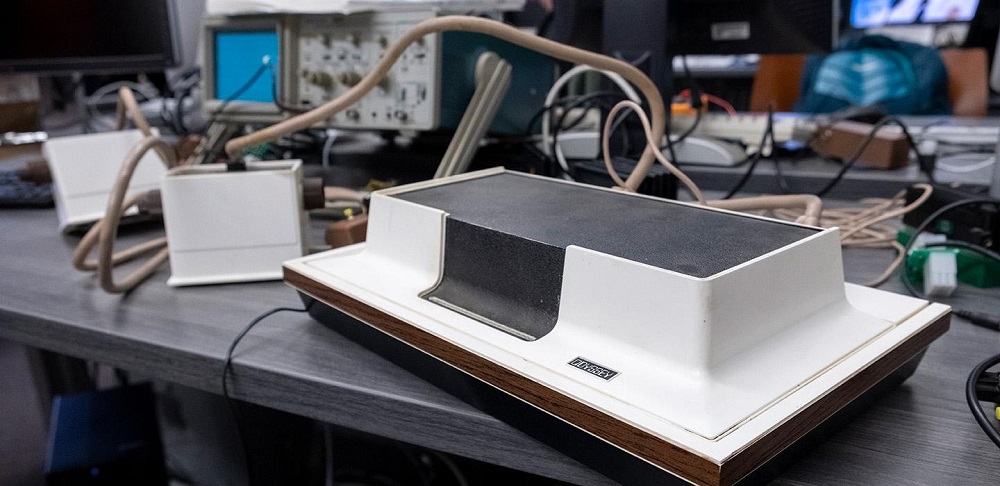
Back in the early 1970s, video games were primarily confined to massive arcade cabinets or institutional research labs. The idea of playing a game on your own television set seemed futuristic. Yet Ralph Baer believed that the living room TV could become an interactive centerpiece. This vision not only created a new form of entertainment but launched a multibillion-dollar industry.
Ralph Baer and the “Brown Box”: The First Spark (1966–1969)
In 1966, engineer Ralph Baer, working at Sanders Associates, imagined a device that could turn a television into a game machine. Baer drafted his ideas in a memo and started building the concept with engineers Bill Harrison and Bill Rusch. The result was a prototype called the “Brown Box” by 1968.
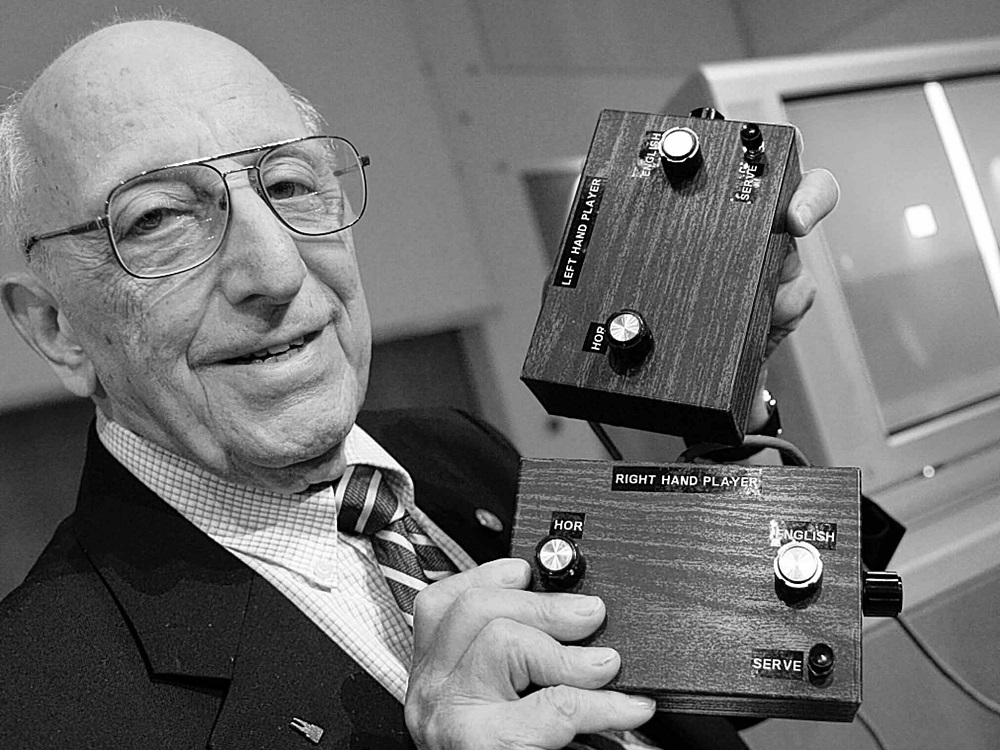
The “Brown Box” featured detachable controllers, adjustable gameplay elements, and game-switching cards. Demonstrations impressed executives and eventually led to a licensing deal with Magnavox, a major TV manufacturer. Baer’s vision was clear: he didn’t want passive media consumption, he wanted viewers to interact, to play, and to explore.
This wasn’t just tinkering with electronics—Baer filed multiple patents covering interactive television gaming, many of which still form the foundation of gaming technology today.
Design & Gameplay Simplicity
The Magnavox Odyssey was a marvel of analog ingenuity. Without any microprocessor or RAM, it operated using diode-transistor logic. Games were not software but hard-wired logic activated by game cards that rerouted the machine’s circuitry.
The graphics were extremely basic: white squares or lines displayed on a black screen. To bring the games to life, players used plastic screen overlays, held in place with static cling, to add color and theme. This creative workaround helped simulate environments like tennis courts, haunted houses, and even mazes.
The console included two paddle-style controllers, each with three knobs to control horizontal, vertical, and “action” movement. Accessories like poker chips, dice, and a light gun rifle enhanced the gameplay experience.
Games varied from sports simulations to educational quizzes, and even simple shooters. Some titles required two players, while others could be enjoyed solo.
Launching the Home Console Era (1972)
In September 1972, the Odyssey hit retail shelves for $99.95—a considerable investment at the time. It was packaged with 12 games and additional add-ons sold separately. While the machine could work on any standard television, early advertising led many consumers to falsely believe it only functioned on Magnavox-brand TVs, which limited its success.
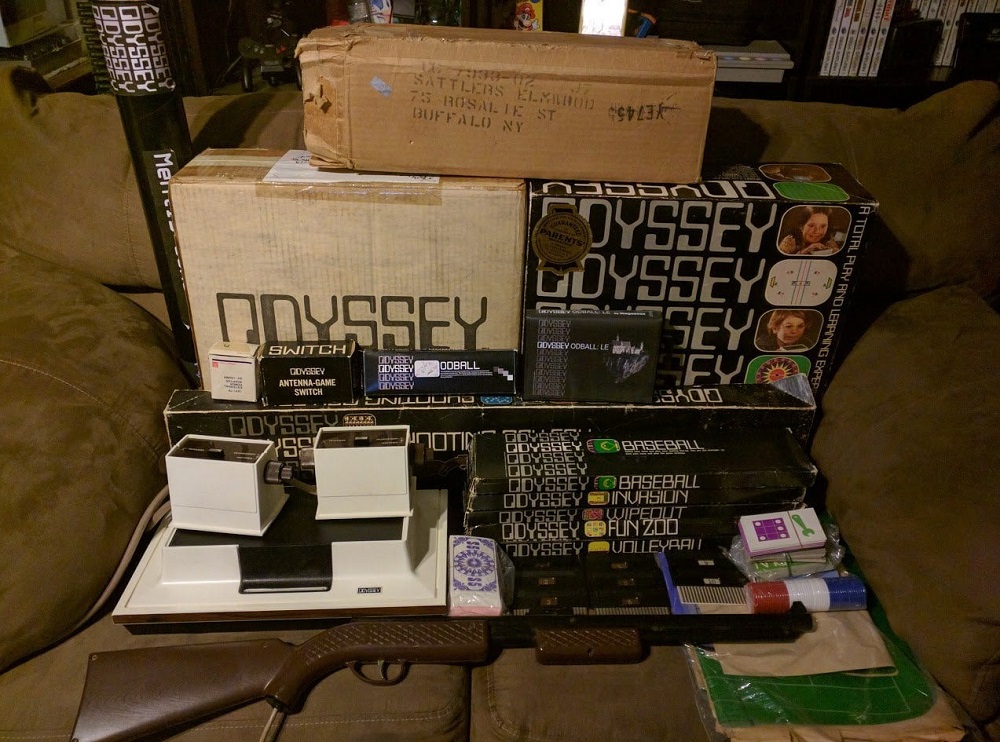
Nevertheless, the Odyssey made headlines and created ripples in the tech world. Over 350,000 units were sold during its short production run, sparking curiosity and competition.
Importantly, a young engineer named Nolan Bushnell saw a demo of the Odyssey’s table tennis game and went on to develop Pong, one of the first arcade hits. Magnavox eventually sued Atari for patent infringement—and won.
The Odyssey not only launched a console market but also set a legal precedent for the protection of video game intellectual property.
Lasting Legacy in Gaming
Though primitive by today’s standards, the Magnavox Odyssey introduced core concepts still used today:
- First home video game console
- Detachable and interchangeable game controllers
- Cartridges (in the form of circuit cards)
- Peripheral accessories like the light gun
- Integration of gameplay with television
The Odyssey paved the way for more refined consoles like the Atari 2600, Intellivision, and Nintendo Entertainment System. It showed that video games could live inside the home, not just arcades.
Baer’s contributions were later recognized by the U.S. government. He received the National Medal of Technology in 2006, honoring his role in creating the video game industry.
Playing Odyssey Today (2025)
For retro gaming enthusiasts, owning or restoring an original Magnavox Odyssey is a special achievement. Units occasionally appear on auction sites like eBay, often missing pieces or overlays.
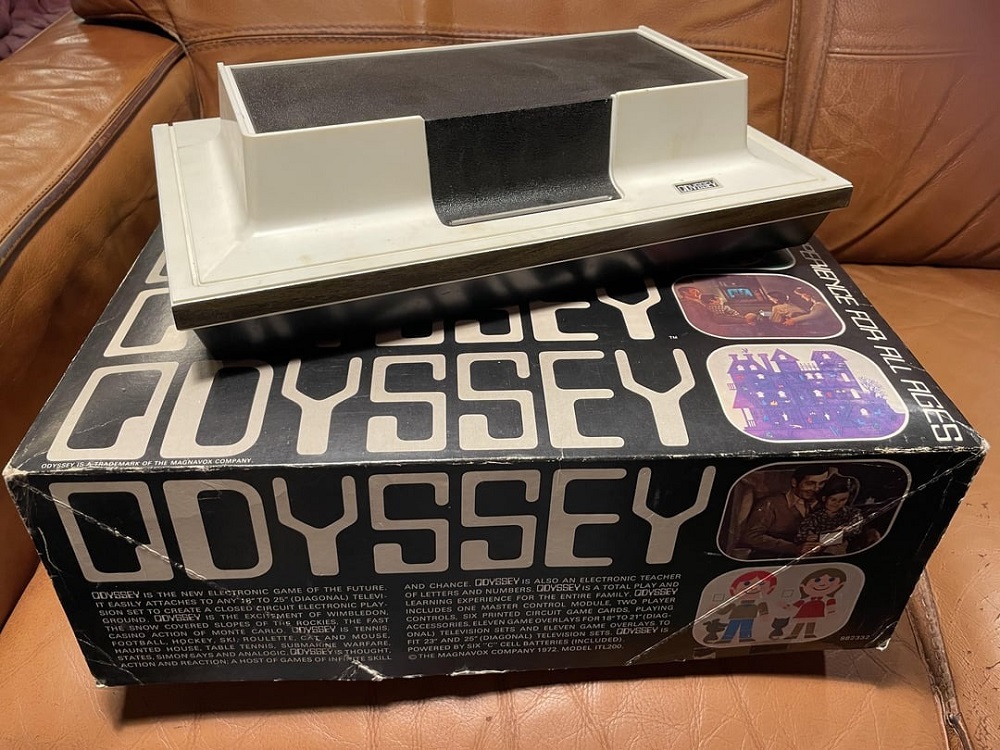
To play it on modern TVs, users need an RF-to-HDMI converter, since the original signal was designed for analog CRT televisions. Some communities online offer overlay scans for reprinting, allowing modern players to replicate the classic visuals.
While emulators like Odyemu try to simulate the console, they rarely capture the tactile, analog essence of the original machine. Many players describe the Odyssey experience as “half imagination, half hardware” due to its simple visuals and heavy reliance on player interaction.
Final Thoughts
The Magnavox Odyssey is truly a testament to innovation. It may lack the power and polish of modern consoles, but its ambition and creativity are unmatched. From its analog circuitry to its plastic overlays, every part of the Odyssey speaks to a pioneering spirit.
Without it, the story of video games would be incomplete. The next time you boot up a console, take a moment to appreciate the humble beginnings that started it all.
Have you ever played the Odyssey or seen one in action? Share your memories or questions below!
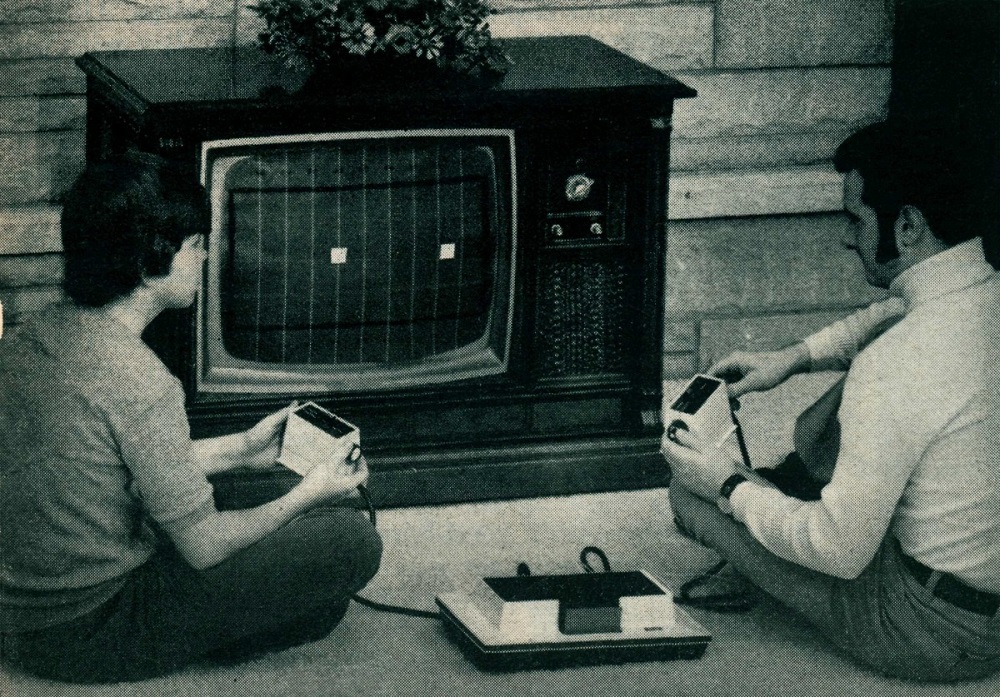
Comments
Loading comments...